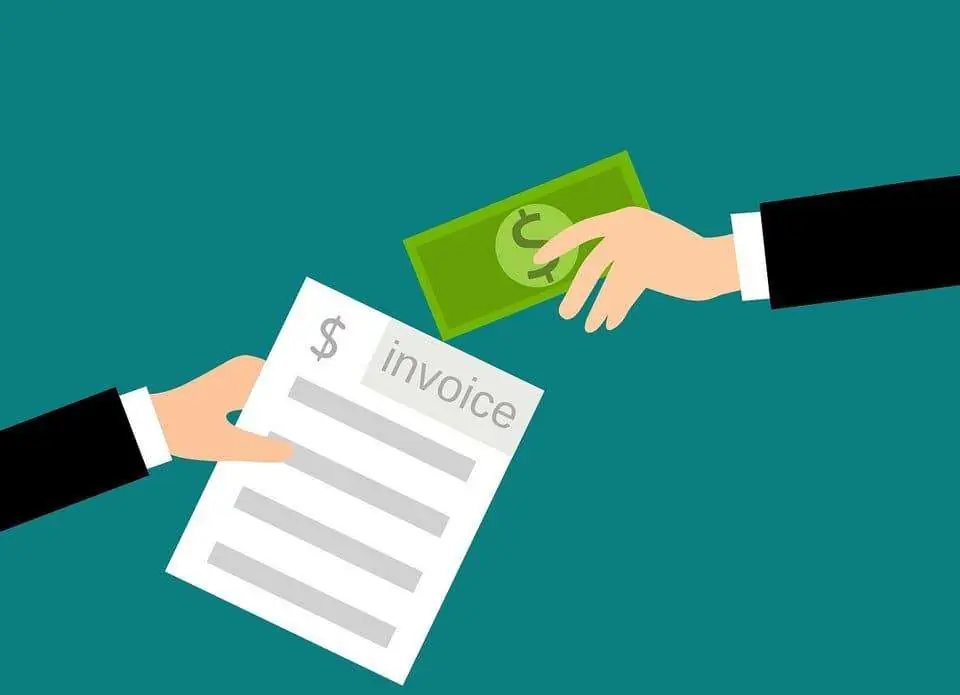How to make an invoice in Serbia and what should it contain?
08.02.2019 (Article updated: 29.08.2024)

08.02.2019 (Article updated: 29.08.2024)

An invoice is a basic document that the seller issues to the buyer. Broadly speaking, that is the receipt that the supplier of the goods or service provider gives to the recipient of goods or to the user of the services.
Obligors, all legal entities and individuals in the VAT system in Serbia are legally obliged to issue an appropriate invoice with all required elements for each turnover of goods or services.
This is prescribed by Article 42 of the Value-Added Tax Act, which reads as a whole: “The Obligor is obliged to issue an invoice for each turnover of goods and services. In the case of provision of time-sensitive or unlimited services, the duration of which is longer than one year, a periodic invoice must be issued, but the period for which this receipt is issued cannot be longer than one year.
The invoices record the turnover of an individual or a legal person and a tax return for each transaction of turnover. Each invoice is specific in its name, quantity and price of goods or services provided by the seller to the buyer.
Every seller is an invoice issuer and this is called an output invoice, and each buyer is an invoice recipient and that is an input invoice. All invoices are recorded in the books of input and output invoices so that at the end of the tax period each taxpayer knows the amount of the value-added tax to be paid.
Both economical entities, the seller and the buyer view the invoice also as a document, which serves as the basis for an entry in the bookkeeping.
Each invoice should contain these basic elements in accordance with the provisions of Article 42 of the Value-Added Tax Act:
The first basic element of each invoice is to indicate the name, address and tax ID of the taxpayer, i.e. the issuer of the receipt, and if the invoice does not contain this item, it is formally invalid and it can very easily be denied the right to deduction of the previous tax.
The business name must contain the name, the legal form (for a partnership – shortened ptp; for a limited partnership – a limited partnership or lp, for a limited liability company – limited liability company or abbreviated llc, for a joint-stock company – a joint-stock company or a short jsc) and a location, and this is prescribed by the Companies Act.
If the abbreviated name of the company is registered in the Business Registers Agency, then it can only be shown on the invoice.
When the date of issue of the receipt and the turnover date differ, both dates must be noted and the date of issue of the receipt may not be before the turnover date. The only invoice issued at the end of the month for the successive delivery of goods or services does not need to have a turnover date.
In practice, the elements of the invoice listed above which are mandatory and common to all invoices are from numbers 1 to 4. Number 5 is partly mandatory, while the part on the number of advance payments is entered only if they are executed.
What should be mentioned is that it’s stated in the Law that the invoice is issued in two copies, one copy of which remains with the issuers of the receipt, and the other invoices are given to the recipient of the services or goods.
If the decision determines the obligation to pay VAT by the tax authority, each taxpayer does not issue an invoice. Each invoice must be valid formally (the invoice contains all the required elements) and materially (invoice issued for the executed turnover with the declared VAT, calculated in the proper way) from the previous participant in the turnover so that the VAT payer can realize the deduction of the previous tax.
What appears to be a problem in practice is that the invoice is often poorly filled, that is, it doesn’t contain all the basic elements, or sometimes tax authorities require that invoices have certain data that are not determined by Article 42 of the said law.
The most common case in practice is, if the turnover of goods or services is free from VAT, it is not necessary to enter the amount of VAT that is calculated on the basis.
It is only possible to fulfill the condition for the right to deduct the previous value-added tax in the following cases, that is, the tax debtor can do it on the following basis:
In business practice, a pro-forma invoice is often used as a pre-invoice document. It is a document that does not have a binding character as an invoice and most often represents the offer of an economic entity to another entity.
Pro-forma invoice does not oblige the issuer to charge and pay VAT, although it represents a form of a call for payment and always contains a payment instruction. When payment is made according to the pro-forma invoice instruction, the business entity issues an invoice. It should be noted that the pro-forma invoice doesn’t have any basis for bookkeeping entry.